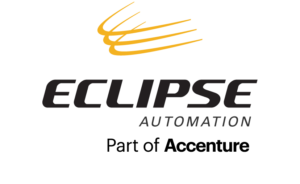The footwear industry is continuously evolving as shoe companies introduce technology into products to increase performance and style. When Nike first introduced air technology into their shoes, consumers everywhere were attracted to the innovative concept and the benefits which came with it. Now, Reebok has unveiled their newest shoe technology which incorporates liquid technology, creating a unique look and feel for the user.
Through the use of 3D printing, Reebok is able to uniquely customize any shoe model using a liquid rubber material as the base. This material allows the whole sole to stretch and bend with each step the user takes, providing maximum comfort and manoeuvrability. With this new process, Reebok has programmed robots to produce the whole outsole of the shoe autonomously, without using any molds to form the design.
To create the outsole of the shoe, a 3D printer first dispenses liquid rubber onto a flat surface in a webbed-like pattern to form the sole. The printer completes this process twice to create two layers for additional strength. This shape makes up the bottom and sides of the shoe, looping in the laces on each side.
As the liquid quickly dries, the bottom of the outsole is moved to the next stage where the gaps in the bottom of the sole are filled in with additional liquid rubber, forming a flat surface for walking on. The completed outsole is then brought to the final stage, where the liquid rubber is attached to the solid material of the shoe to form the final product. The first model Reebok has developed using this technology is the Liquid Speed, however additional models are already being created using the 3D printing method.
Designing and implementing new manufacturing procedures, similar to Reebok’s new autonomous sole process, requires a highly skilled staff to ensure each step of the process is working efficiently and safely. Eclipse Automation’s project management services offer maximum industry knowledge and structured processes, ensuring new production methods are implemented efficiently and correctly in order to meet the customer’s needs.
Source: Popular Mechanics



